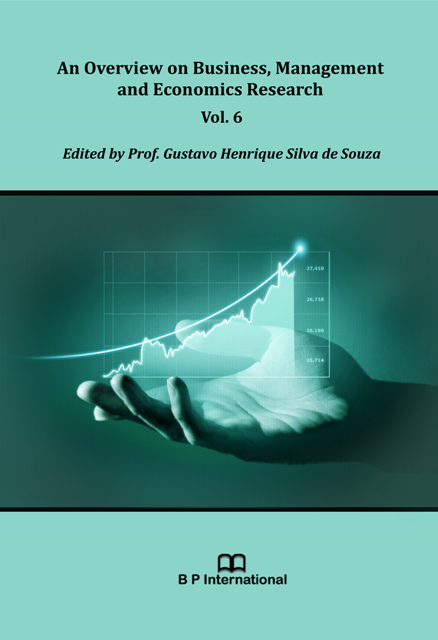An Empirical Analysis of the Nexus between Foreign Direct Investment and Economic Growth in Tanzania
An Overview on Business, Management and Economics Research Vol. 6,
7 December 2023
,
Page 146-178
https://doi.org/10.9734/bpi/aobmer/v6/8307A
Abstract
This chapter investigates the causal relationship between foreign direct investment (FDI) inflows and economic growth in Tanzania during 1990–2020. Since financial development and trade were not included in extant studies, we introduced the two variables as intermediate variables because of their intermediation role in the relationship between inward FDI and economic growth. We obtained yearly data on Tanzania’s GDP, FD, trade (TRD), and net FDI during 1990–2020 from World Bank Group and OECD National Accounts data files. Neoclassical growth theories claim that FDI enhances economic growth by augmenting capital stock and technology. This study employed the autoregressive distributed lag model and Granger causality tests to analyze the relationship. The results indicate that there exists a long-run relationship among the variables under consideration in Tanzania. Additionally, the results show a long- and short-term positive and statistically significant unidirectional causal relationship between FDI inflow and Tanzania's economic growth. Hence, this chapter concluded that Tanzania should emphasize FDI-led growth policies while strengthening its internal conditions, such as financial and human capital development, to enhance economic growth and realize the desired economic objectives. Moreover, future research should include other pertinent variables in a system of equations where other economic variables can also determine the nexus between FDI inflows and economic growth.
- Economic growth in the sustainable development goals
- granger causality
- trade openness
- financial development
- foreign direct investment

